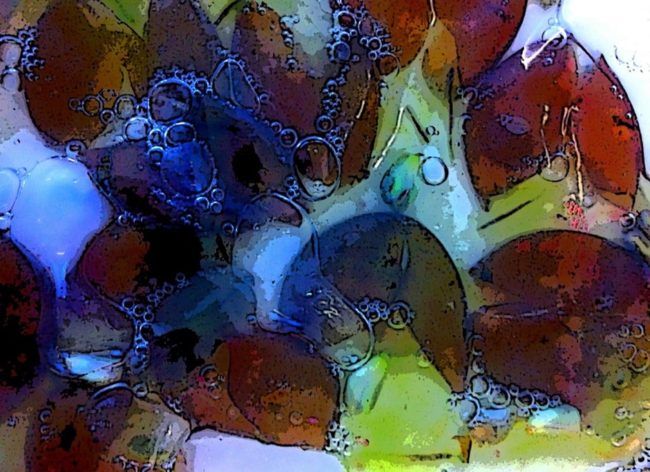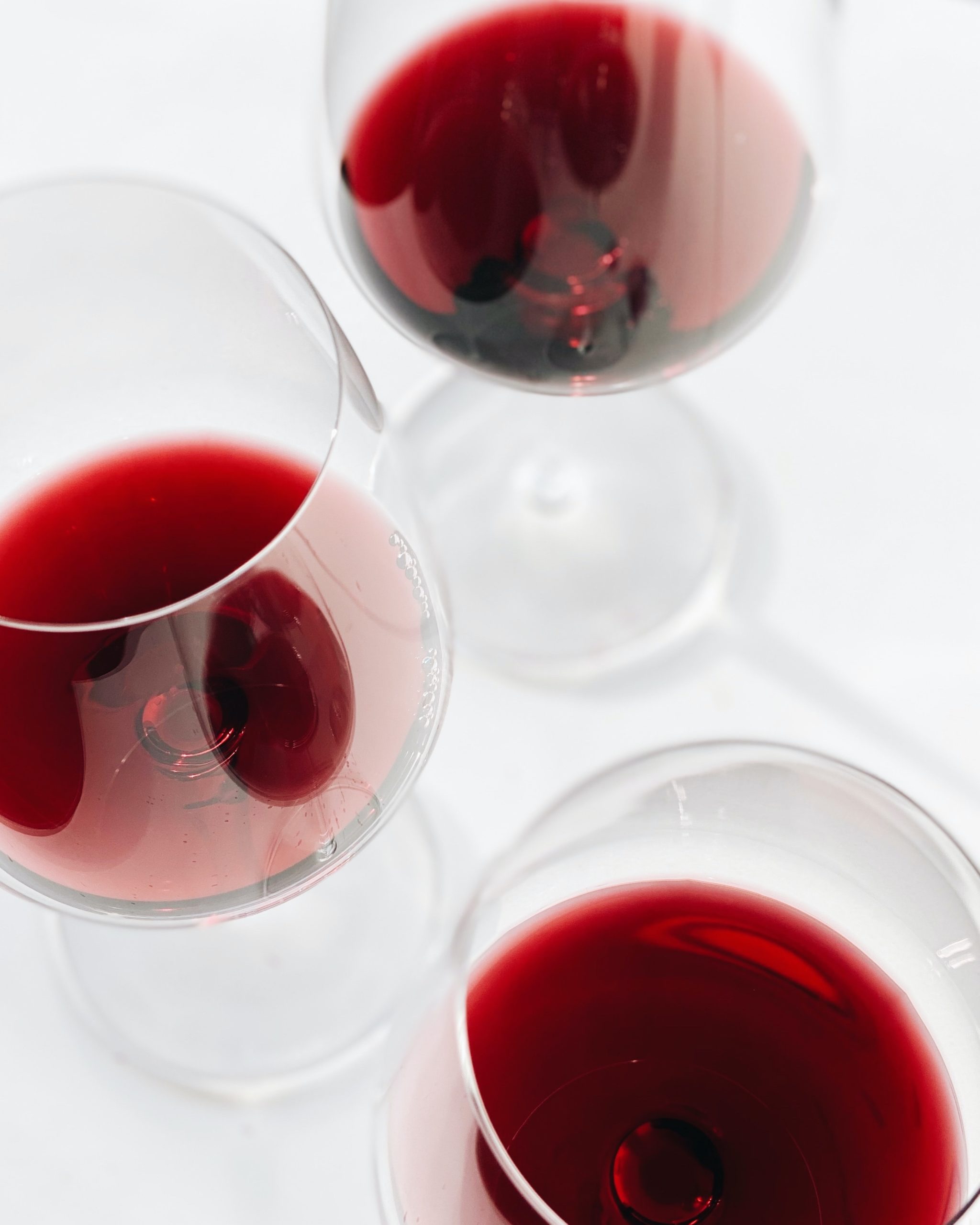Red wine taste – more than meets the eye!
Roland Harrison and Kenneth Olegar – Lincoln University
The wine industry in New Zealand has grown in the last 30 years from relative obscurity to international recognition. This has occurred primarily because of the global popularity of its Sauvignon blanc wine, most of which is produced in Marlborough. However, reliance on the success of a single variety grown overwhelmingly in one region represents a risk to the long-term sustainability of the industry.
There is another financial consequence to the fact that the New Zealand wine portfolio is currently dominated by a white wine because white wines generally command lower prices than those of red wines. Furthermore in some future export target markets, importantly including China, consumption is dominated by red wine because of its cultural significance in festivities and family gatherings.
Fortunately, there are many locations in New Zealand suitable for growing red grape varieties and making wines in a range of styles. Of these, Pinot noir offers the greatest potential for future expansion. It grows well in the South Island (Nelson, Marlborough, Canterbury, Otago) and the lower North Island (Wairarapa).
Red wines differ from white wines to look at, but also in other characteristics such as smell and taste. As any red wine drinker will tell you, it is the taste and (although they may not use this term) the mouthfeel that are especially important. The defining feature of Pinot noir wine is the combination of in-mouth softness with strength and fullness.
The chemical basis for such complex (taste and mouthfeel) characteristics has been a bit of a holy grail for red wine lovers, but despite the best efforts of wine chemists is still not fully understood.
What we do know is that two groups of chemicals are definitely important. The first, tannin, is found in grape skin and seeds (as well as oak if the wine has spent time in barrel). But tannin is also found in white grapes in more-or-less the same amounts as in red grapes. What makes the taste of red wines different to white wine is the second group of chemicals, anthocyanin, a natural colourant which makes red grapes red, but it turns out is also involved in making red wine taste differently to white wine.

© Roland Harrison, 2019.
How does this happen? Tannin on its own is very astringent (think chewing on a banana skin) but not particularly soluble. However, when anthocyanin combines with tannins during winemaking, this has the effect of both increasing the amount of tannin in the wine and also changes its structure leading to altered perceptions of astringency and mouthfeel.
So, one of the objectives of this study is to understand better the reactions of anthocyanin with tannin. But, before this reaction can take place, we have to extract both tannin and anthocyanin from their different locations in the grape berry. This is where winemaking becomes very important, because over the centuries winemakers have developed many different techniques to achieve this involving different crushing and pressing techniques, different lengths of time and ways of mixing the solid grape parts with the juice or wine, different temperatures, different aging periods, and so on. And all of that without even considering the yeast, because it turns out that this is also involved.
The approach we are adopting in this study, therefore, is to simplify things a bit, so we can work out what’s important and what’s not. Our extractability and reaction experiments will, therefore, be carried out in the laboratory so that the concentrations of key components can be carefully controlled. What we are trying to understand in this part of the programme is how the physical interactions and chemical reactions that occur between grape and yeast components and their derived compounds influence the final wine concentrations of critical components, particularly those responsible for colour and taste/mouthfeel. We already know that grape tannin concentration is not necessarily a good guide to final wine tannin concentration, and we have some clues as to why. This study will give us a more complete picture of what is going on during fermentation which we anticipate will enable us to identify the key compounds that need to be measured to put a figure on quality.
This article first appeared in the December 2019 / January 2020 issue of New Zealand Winegrower magazine

















